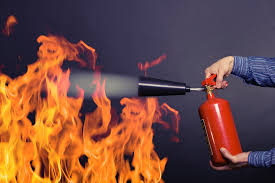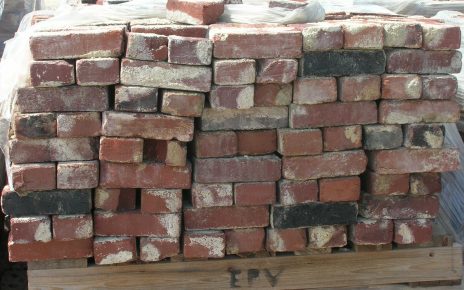Fire extinguishers, as well being a part of your fire prevention mechanism, are incredibly interesting. They should form a part of the procedures that you put in place to ensure that your workplace and home are protected from the risks of fire and consulting with a Fire Safety Consultancy Bristol such as http://keloscape.co.uk/areas-we-cover/fire-safety-consultancy-bristol/ can ensure that you have all of the right processes and equipment in place.
Fire extinguishers are supplied in five different classes according to the type of fire that they will be required to tackle. These include:
- Class A – Wood, cloth, paper and other standard combustible items
- Class B – Oil, Paint, flammable liquids and gases and petrol and gasoline
- Class C – Electrical equipment or circuits
- Class D – Metals for example lithium and potassium
- Class K – cooking oil, animal and vegetable fats
Each of these classes will contain fire extinguishers that are made from a number of fire fighting materials such as the most common water, foam and carbon dioxide as well as dry chemical, dry powder and others.
Having a fire extinguisher is one thing but making sure it is in date is another. In order to make sure that the products included inside the extinguisher along with the mechanisms needed to work the extinguisher has a shelf life. You should make a note of this and ensure that it is replaced in good time. Having an out of date fire extinguisher is as bad as having no fire extinguisher at all.
It is possible to buy small domestic fire extinguisher for use in your kitchen and even in your car but for the larger and less common extinguishers it is important that you make sure that a relevant person within your business, such as the fire wardens, are trained to use these pieces of equipment. These larger extinguishers can be more powerful then you first realise which is why it is important to undertake the training to successful use one in an emergency. You should also ensure that this training is undertaken on a regular basis as it can be easy to forget what to do in an emergency and new procedures and best practices are always coming in. Basic training will teach employees the PASS technique which stands for:
P – Pull the pin out that can be found at the top of the fire extinguisher
A – Aim the nozzle towards the fire
S – Squeeze the hand of the extinguisher to release the contents towards the fire
S – Sweep the nozzle slowly across the width of the fire aiming at the base of the flames




